The Armstrong Science Library Legacy
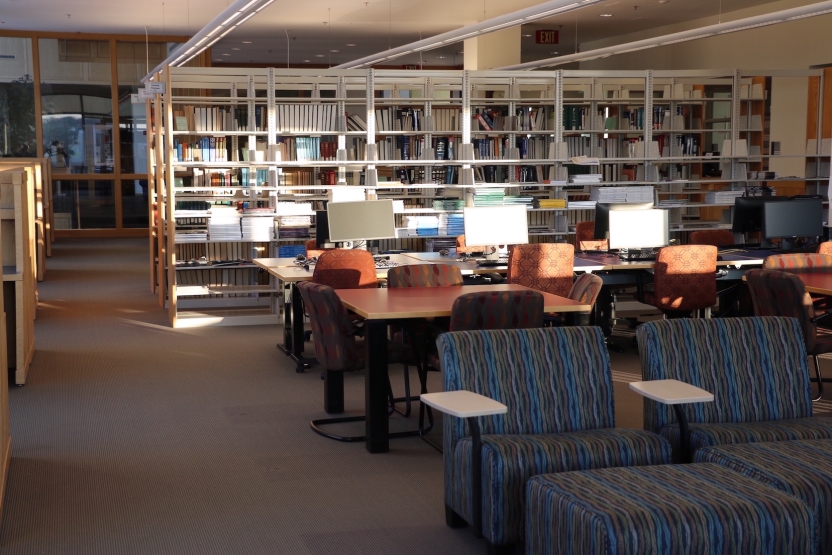
Today marks the closing of the Armstrong Science Library at Bicentennial Hall. In January, the remaining books will be transported to Davis Family Library to make way for renovations to create the new Quantitative Center, or Q-Center, an extension of the Center for Teaching, Learning, and Research. In this moment of transition, we’re reflecting on the history of Armstrong – the library and its namesake – and the legacy of science instruction at Middlebury.
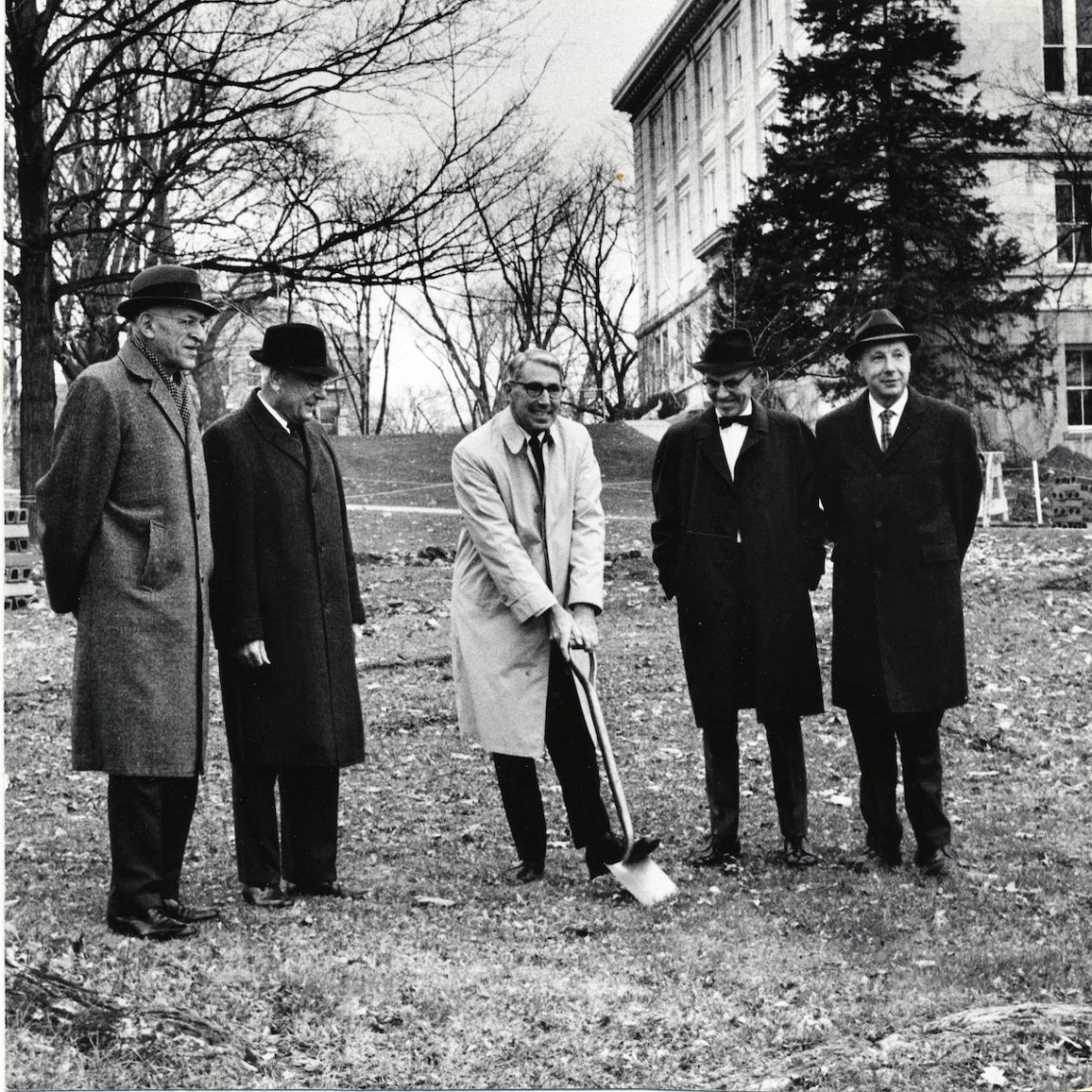
James I. Armstrong became the twelfth president of Middlebury in 1963. During his tenure, he focused on faculty and curricular development, as well as fundraising and construction. Buildings erected under his presidency include Sunderland Language Center (1965), Johnson Memorial Music and Art Building (1968), and the Science Center (1968), on the site where Davis Family Library now stands. The Science Center housed the departments of chemistry, physics, geology, and biology as well as a lecture auditorium, classrooms, seminar rooms, teaching and research labs, a science library, and a computer! Those departments plus psychology and geography moved to McCardell Bicentennial Hall upon opening.
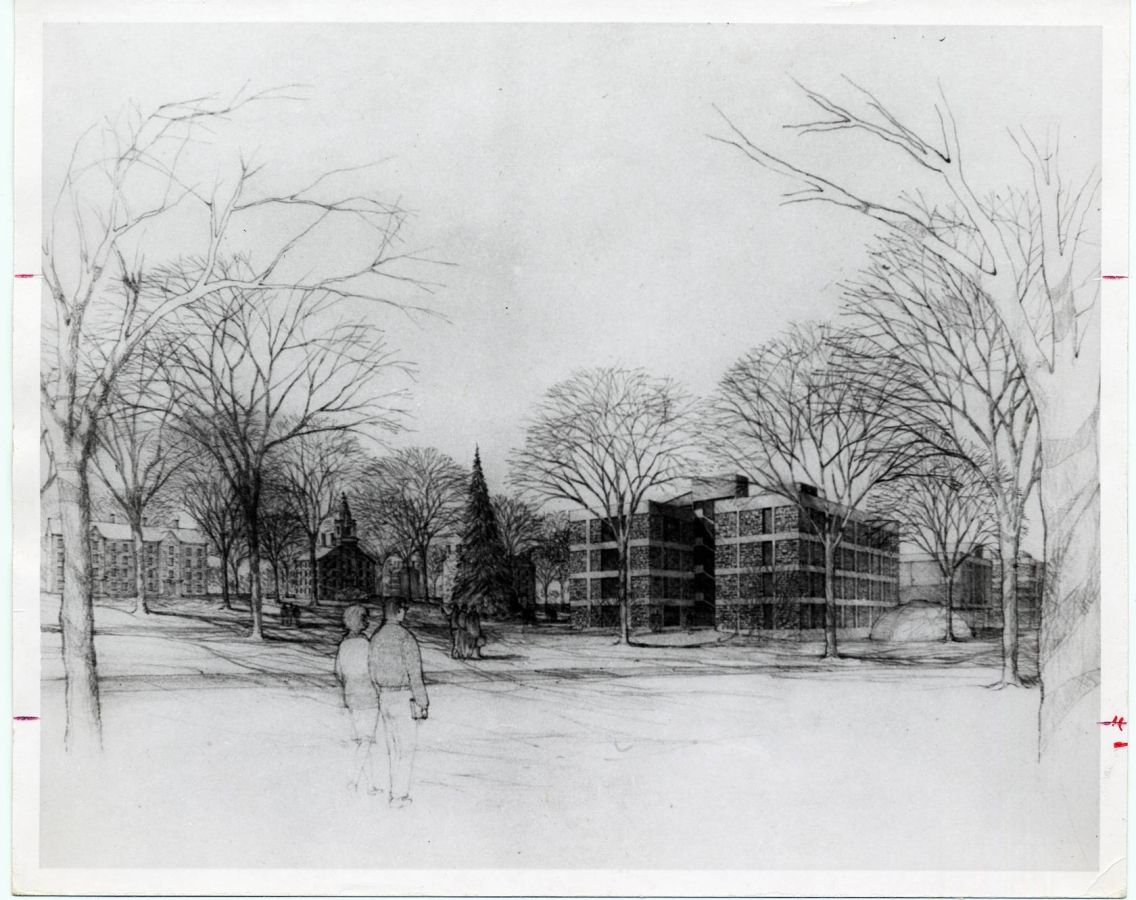
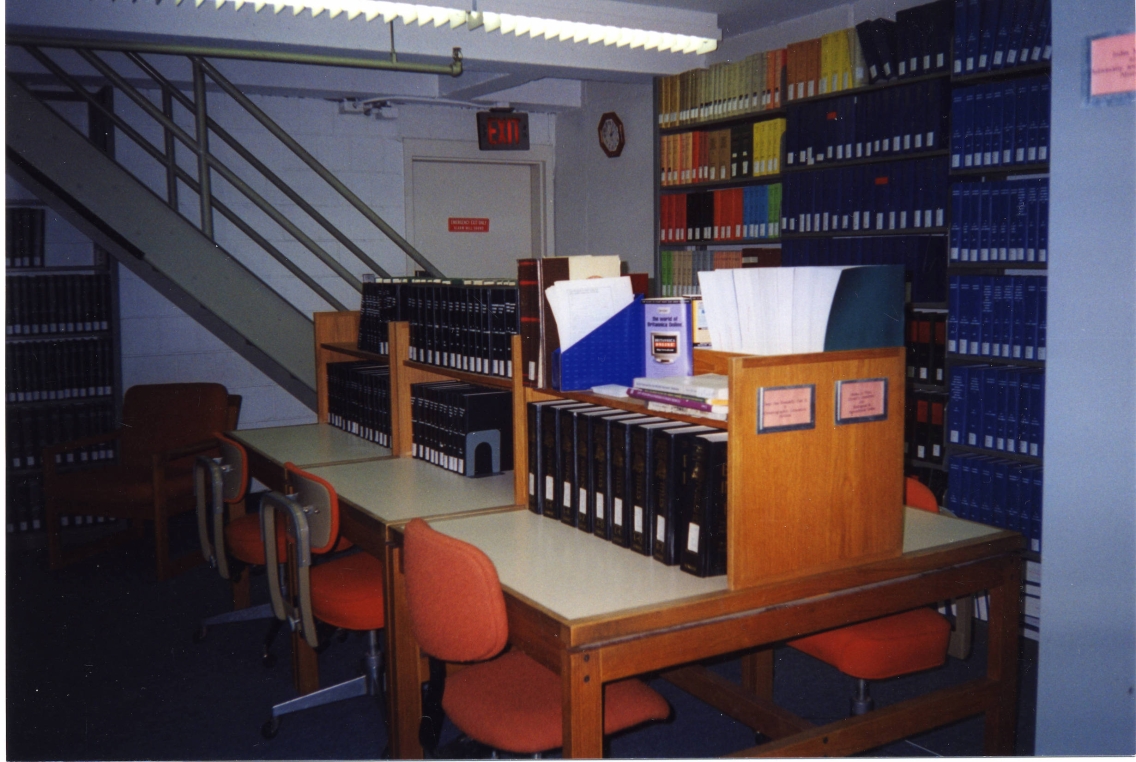
When the Science Center was replaced by McCardell Bicentennial Hall in 1999, the library was named for Armstrong to recognize his championing of Middlebury’s academics. A plaque recognizing Armstrong reads:
Armstrong Library is dedicated in honor of James I. and Carol A. Armstrong. As twelfth president of Middlebury College from 1963 to 1975, Dr. Armstrong launched a significant expansion of the College, including the construction of the former science center in 1968. His commitment to excellence in teaching continues today in Bicentennial Hall.
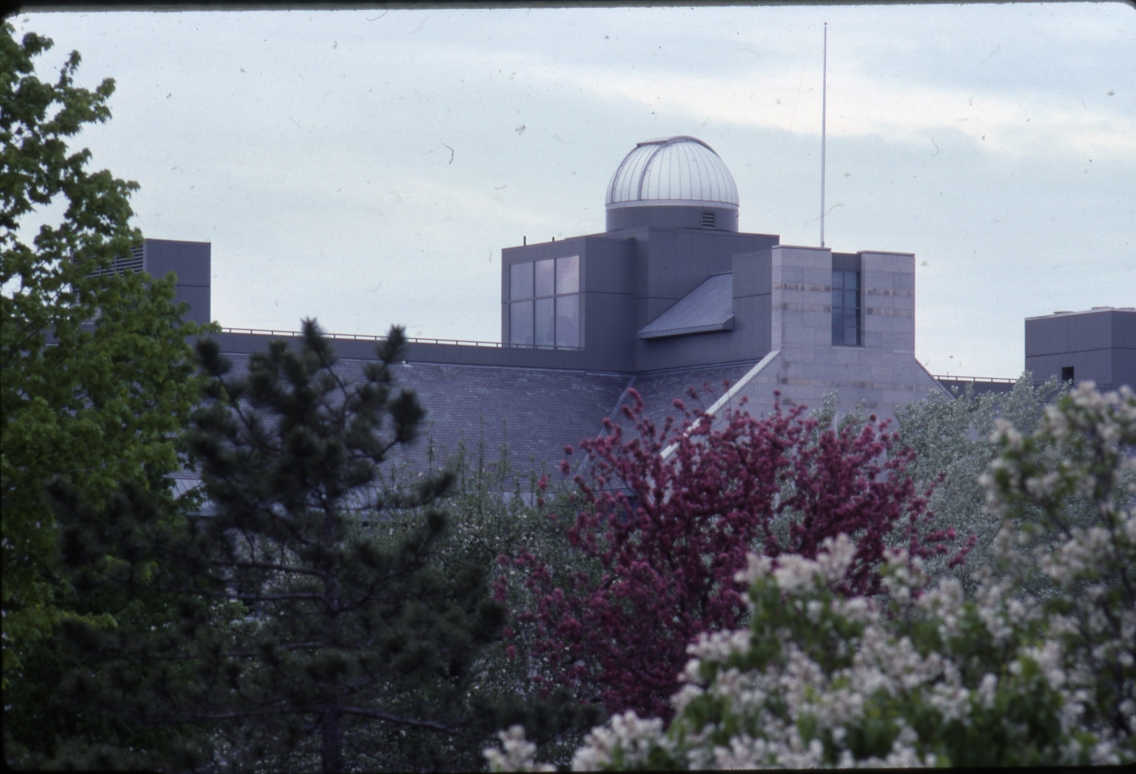
In its infancy, Armstrong Science Library housed a collection of over 100,000 volumes, including bound journals, government documents, and monographs, and subscribed to over 350 journals in the sciences. Over the 25 years it served students and faculty in the sciences, it grew to add computers, printers, and video viewing stations, as well as study spaces. Though the books will leave, the spirit of scientific inquiry will live on in the Q-Center.

